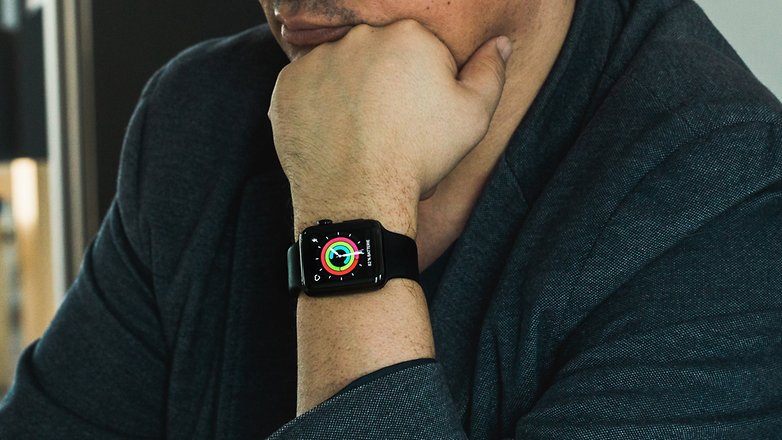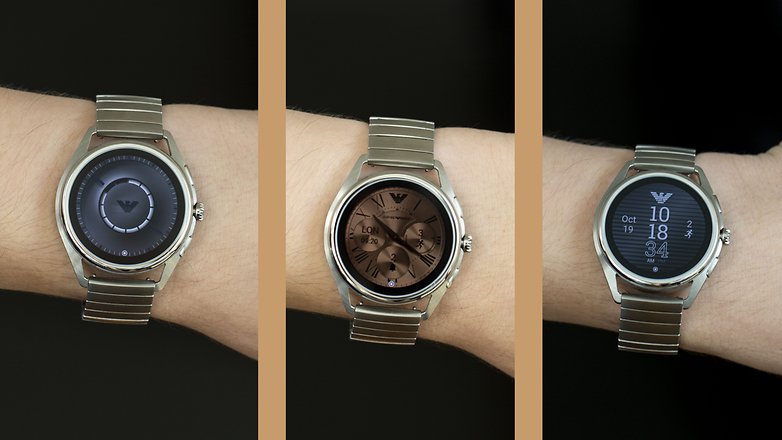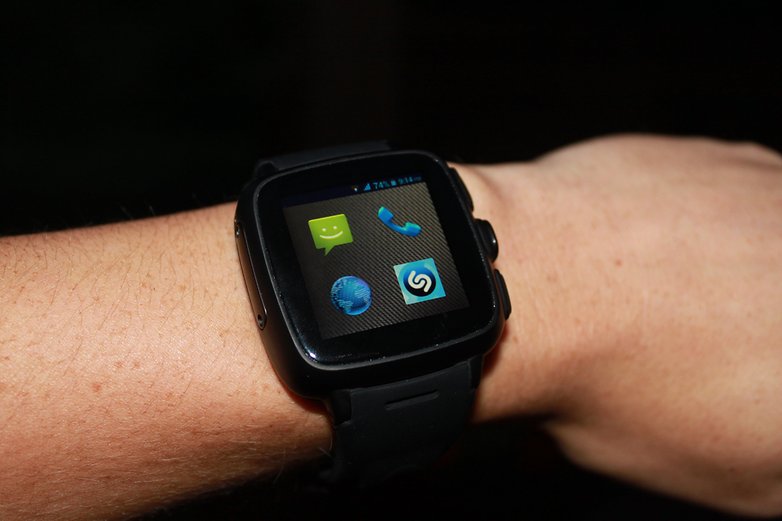Growing sales proves smartwatches are a slow-burning trend


According to new data, the sales of smartwatches are up 51%. The dramatic increase has resulted in a surprising statistic: 16% of adults in the US now own a smartwatch. Is this slow-burning trend finally hotting up?
The figures come courtesy of NPD Group's new Smartwatch Total Market Report, published this week. The figures, which show strong growth, represent smartwatch sales for a 12-month period ending November 2018. The headline news: dollar sales of smartwatches are up 51%, while unit sales saw a 61% increase.
In December 2017, 12% of adults in the US owned a smartwatch. That number is now up to 16%. Once again, we have to blame it on the kids. The 18-34 demographic is carrying overall growth in the smartwatch market with 23% penetration.

However, with an increased focus on health features on both Wear OS devices and the Apple Watch Series 4, NPD expects to see a sharp increase in penetration among older consumers this year.
The increasing popularity of smart home technology is also boosting the sale of wearables, with 15 percent of smartwatch owners now claiming to use their devices to control home automation devices.
Weston Henderek, director and industry analyst for NPD Connected Intelligence, said: “Over the last 18 months smartwatch sales gained strong momentum, proving the naysayers, who didn’t think the category could achieve mainstream acceptance, had potentially judged too soon.”
So the fad is becoming a fashion...
Whilst the market is still dominated by the big players - in the US, at least, where Apple, Samsung and Fitbit still make up 88% of the smartwatch market - we’re starting to see a growing number of traditional watch manufacturers enter this space.
The Fossil Group, having recently struck a having a dabble in the smartwatch business, as is luxury watch manufacturer, Montblanc. We're also seeing traditional sports brands like Garmin and Polar getting smarter. The smartwatch market is no longer reserved for ‘phone brands’ and, as a result, the products feel like less of a fad. They’re more focused and more marketable.

Rumors about a Made by Google Pixel Watch continue to do the rounds too, which would bring another tech goliath into the growing pool of smartwatch manufacturers. The move would, for me and for many, be a positive one in the development of Wear OS.
With 5G on the horizon (or not, depending on who you listen to), improvements in connectivity could also provide a second jump-start for the smartwatch market. Remember Henderek from NPD? He said there is already precedent for this: “The ability to be truly connected via built-in LTE without the need to have a smartphone nearby proved to be a tipping point for consumers, as they now recognize the value in being able to complete a wide range of tasks on the device including receiving notifications, messaging, accessing smart home controls, and more.”
If cutting the ties between smartphone and smartwatch was the tipping point for success, then 5G is only going to fuel that further. Call me crazy, but I think that smartwatches could go mainstream this year.
We’ve had smartwatches, in some form or another, for a long time now. It could be argued that the world’s first ‘proper’ smartwatch landed in 2013 with the launch of the TrueSmart from Omate. In the same year, Samsung launched its Galaxy Gear and we also got the Sony Smartwatch 2.

On the 9th September 2014, Apple launched its first Apple Watch. This should have been the start of something big, but the wearable suffered huge issues with battery life and hardware malfunctions.
Fast-forward almost five years and the market is starting to pick up momentum. During this period of slow adoption, many have written off smartwatches as a fad. Now, it looks like the smartwatch trend may actually be the real deal. It took a while, but we got there in the end...
Do you own a smartwatch? What do you use it for?




















when your numbers are that small, 51% can look big. lying with statistics.
PRICE is what stopped me til late last year when the Samsung G3 Frontier, came down to what I considered a tad high, but reasonable level. Since getting one, I was surprised how much it cuts down on grabbing my phone to see who is calling, texting, emailing, not to mention calendar reminders, heart rate & sleep patterns.